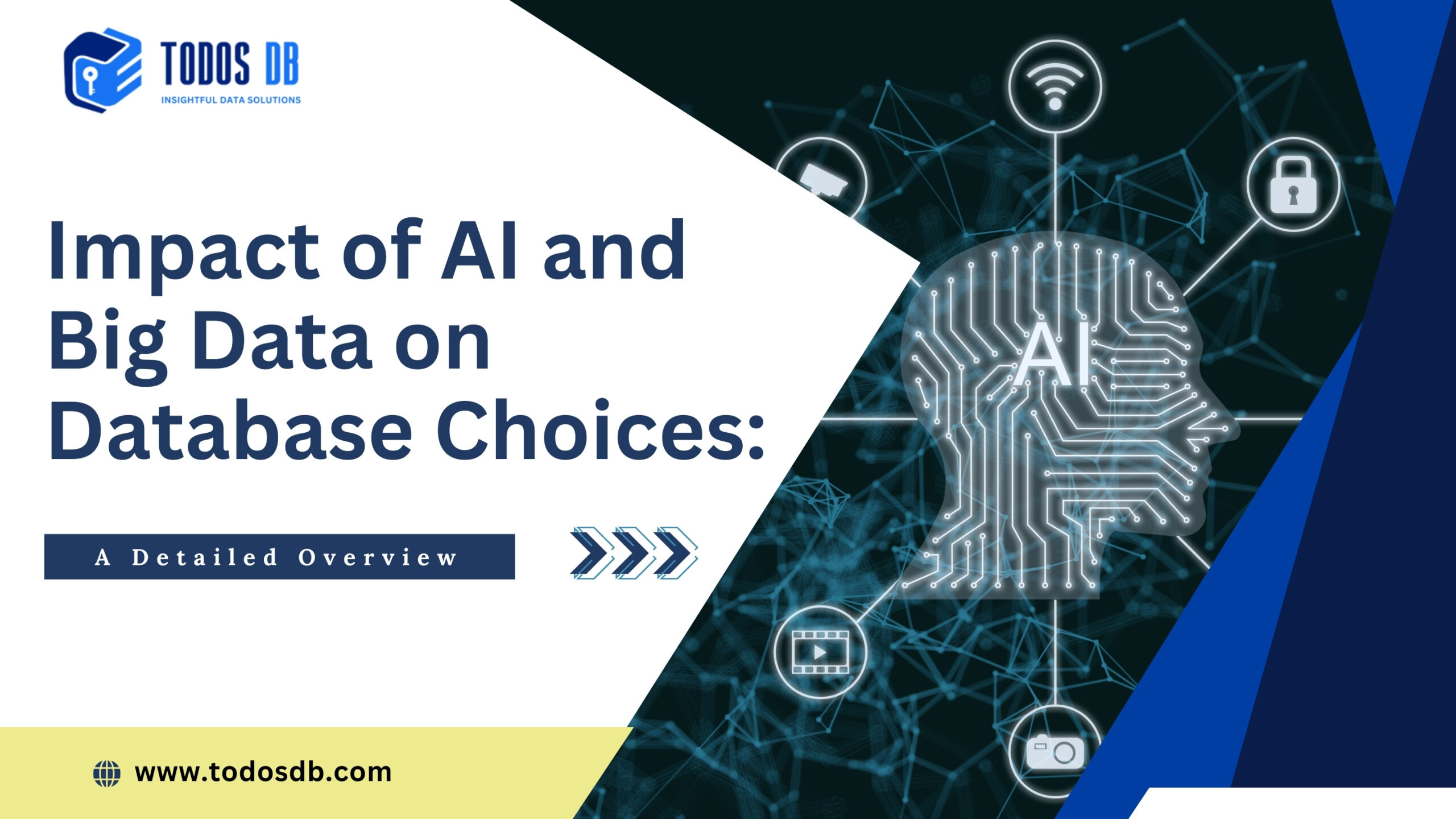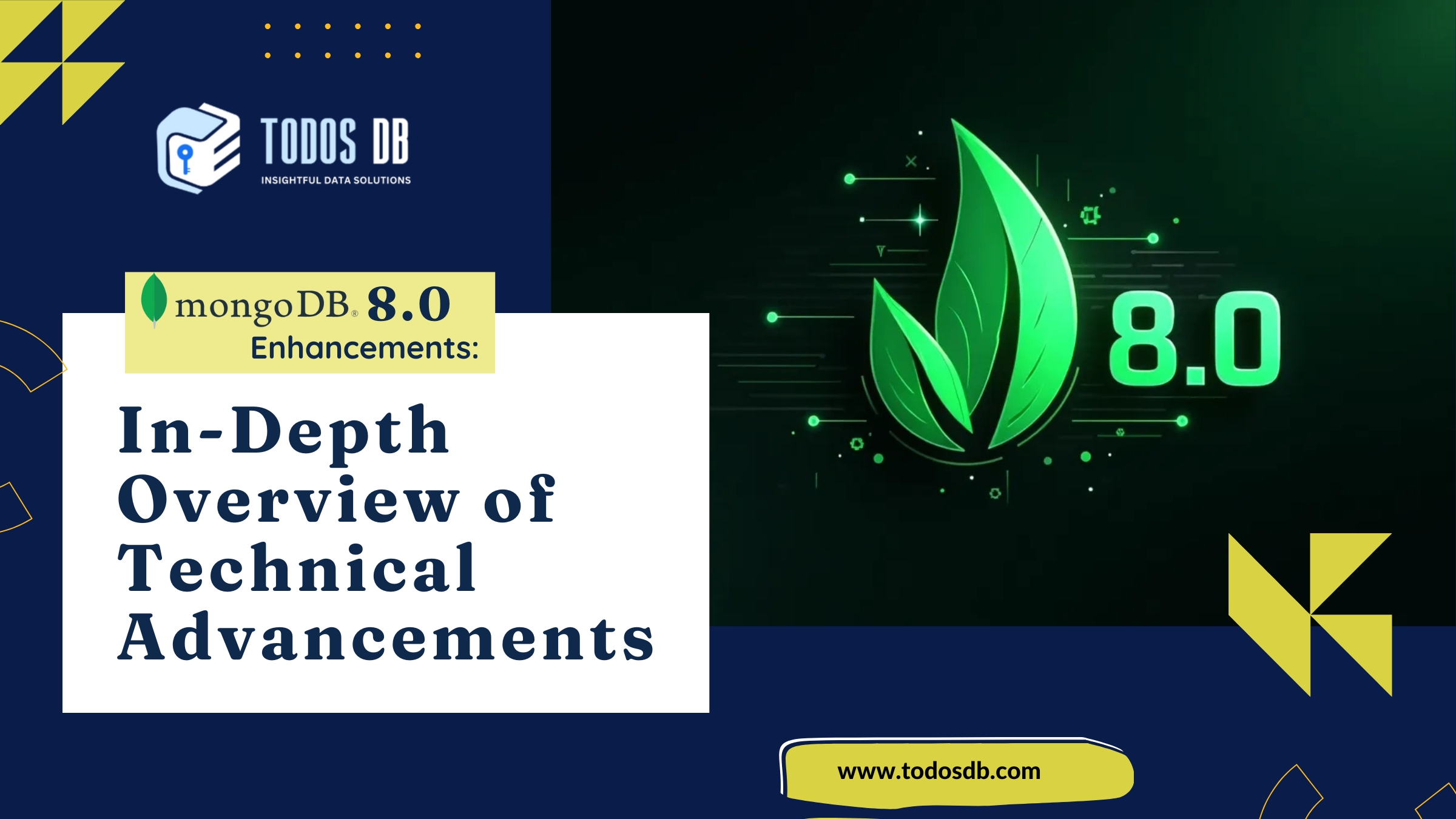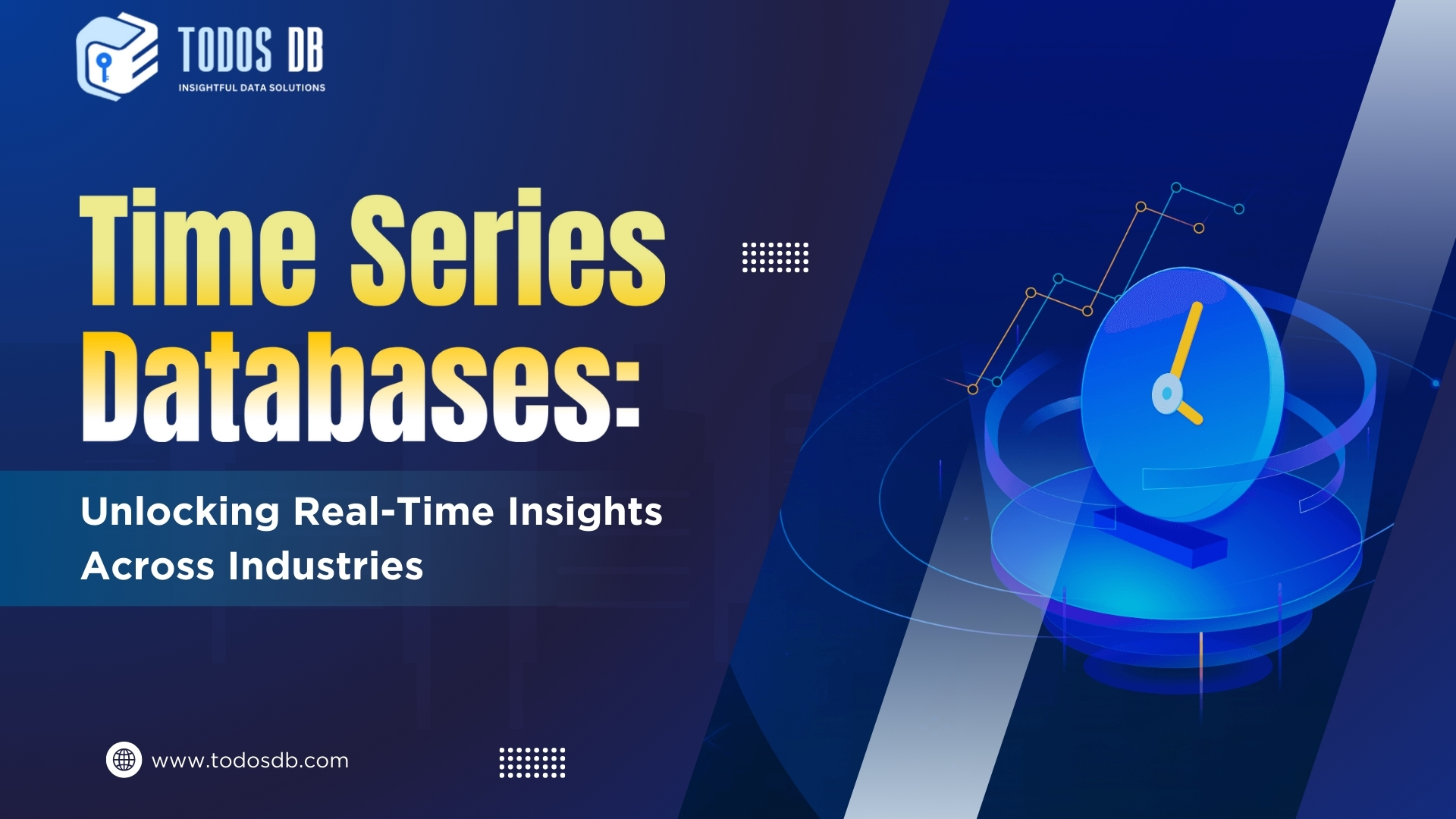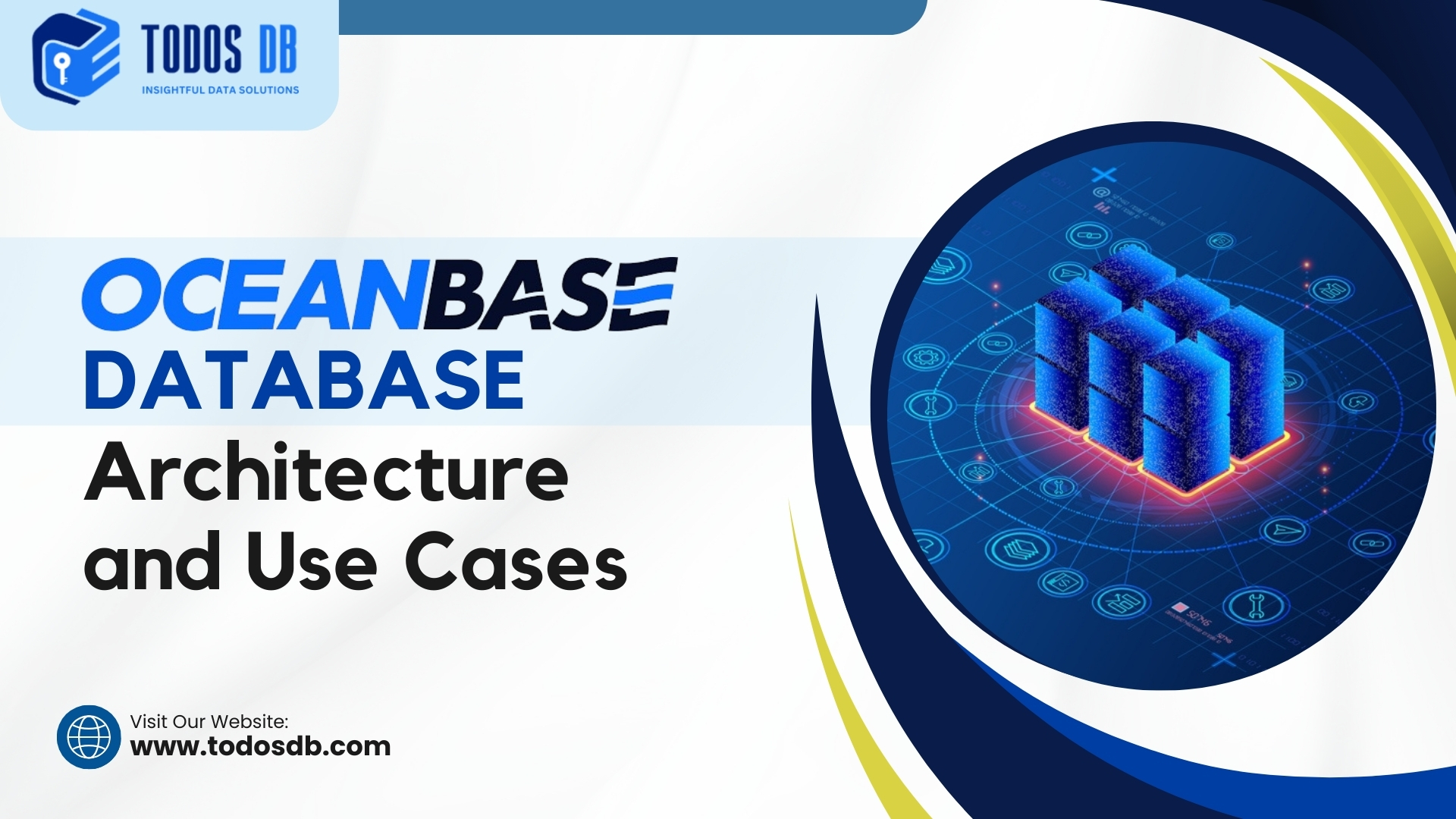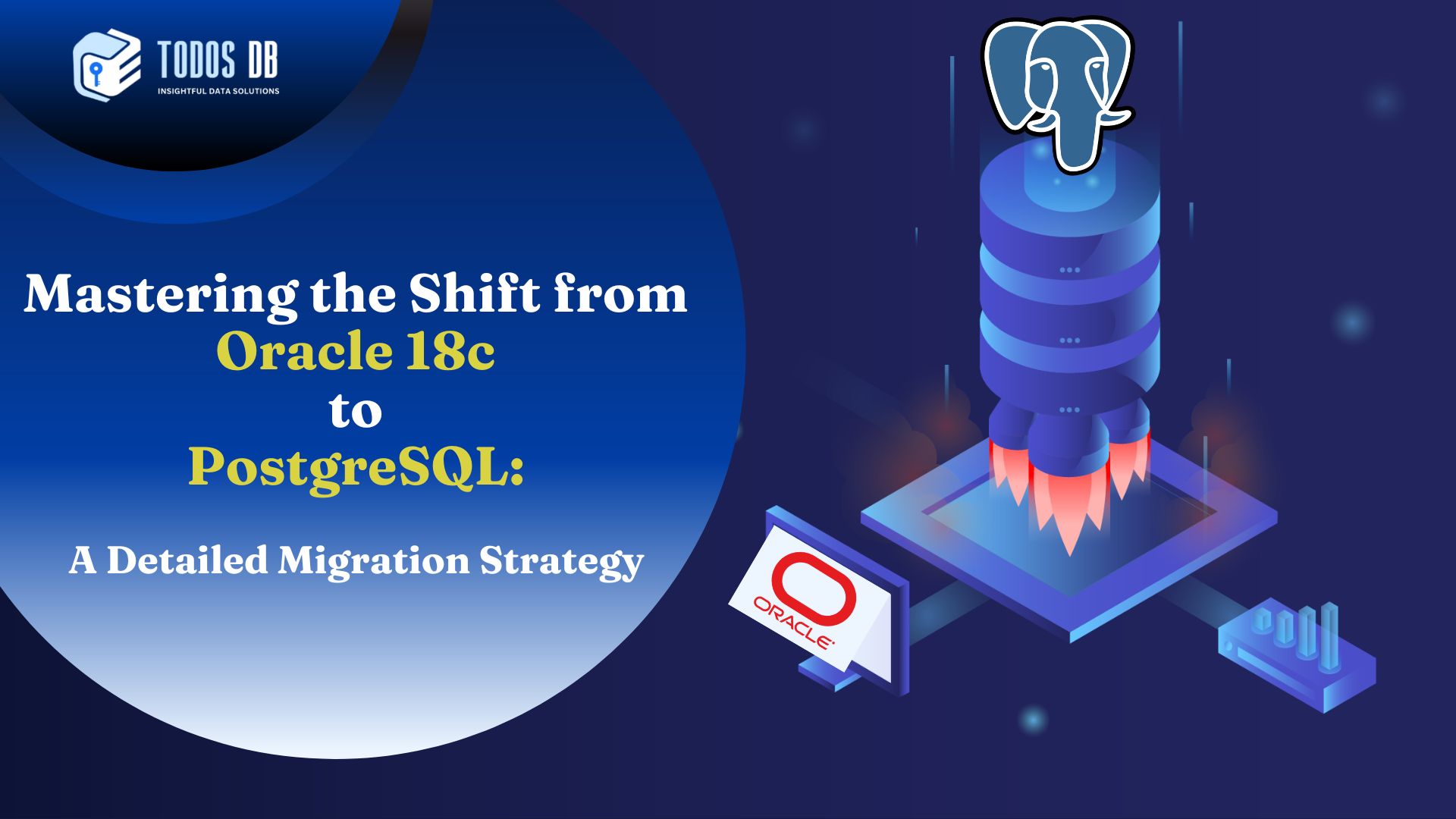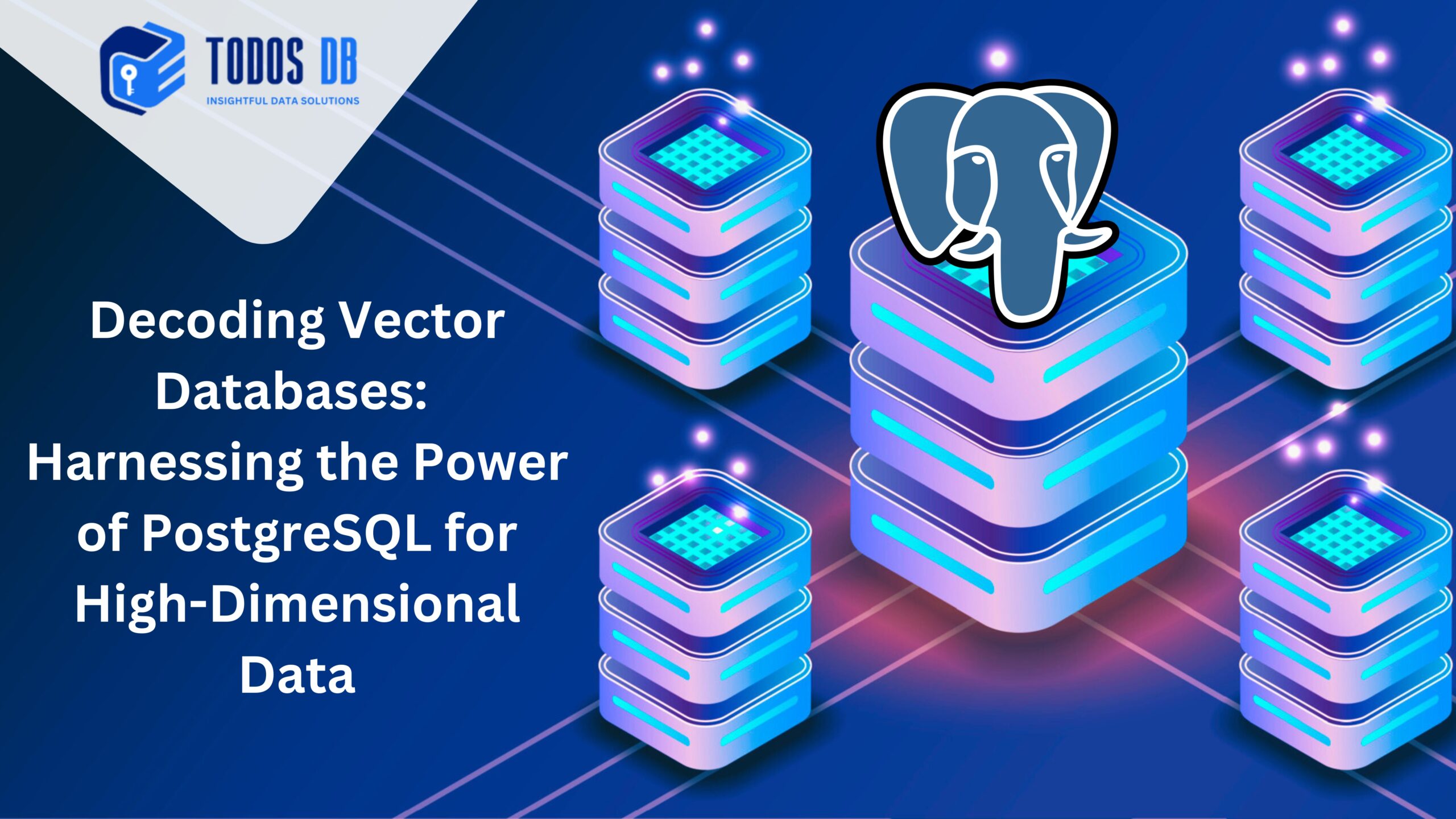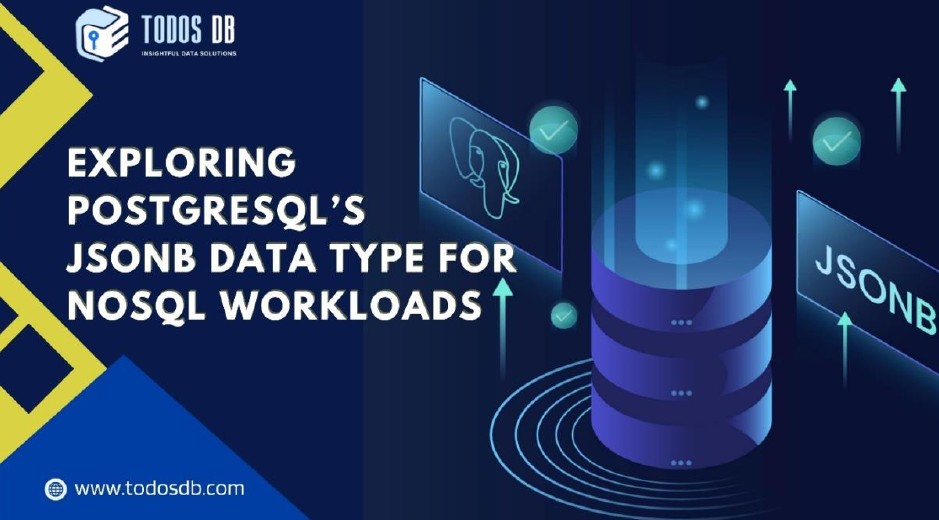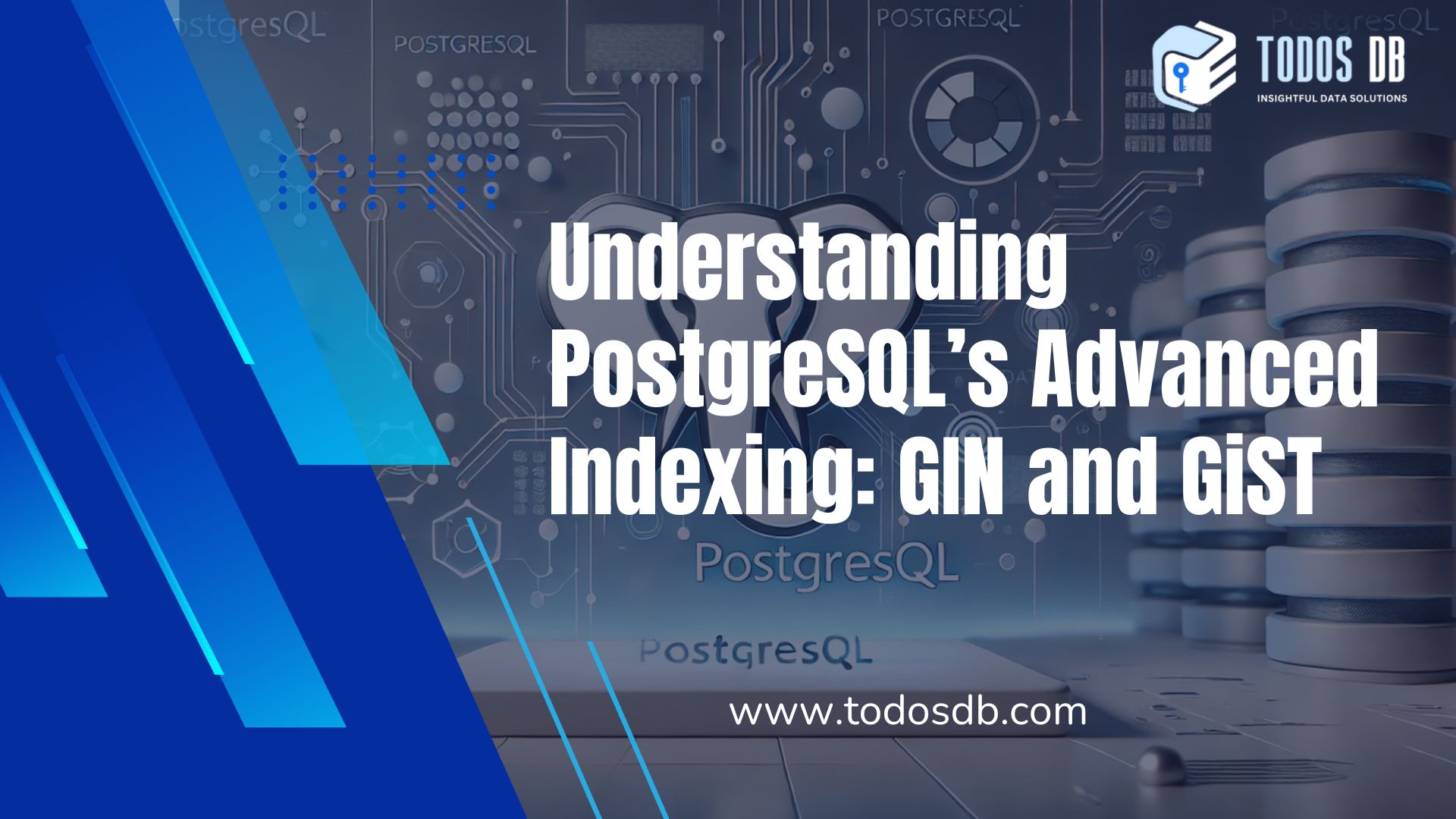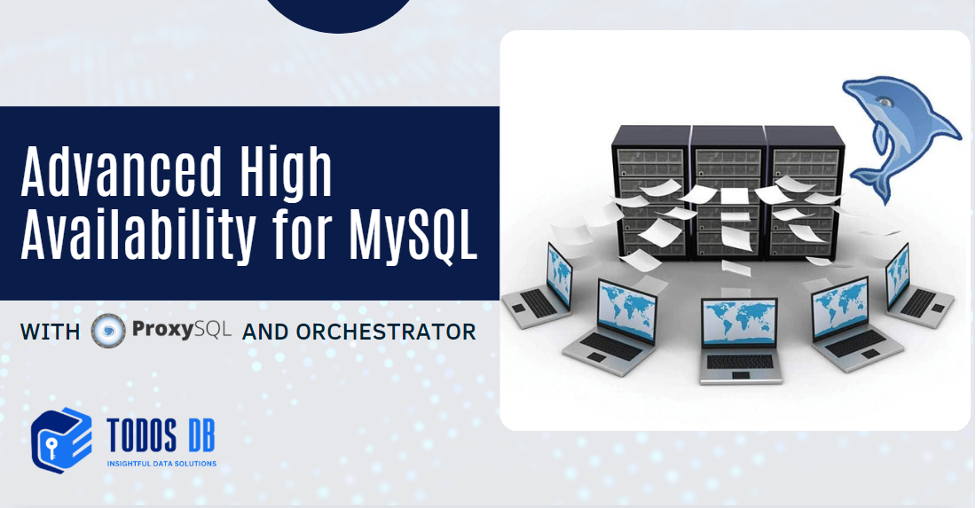The rise of artificial intelligence (AI) and the rapid growth of big data are reshaping the database landscape. Organizations are now confronted with a wide […]
Author: Todosdb
MongoDB 8.0 Enhancements: In-Depth Overview of Technical Advancements
MongoDB, a NoSQL database, has evolved to become one of the leading solutions for managing data in modern applications. Its flexibility, scalability, and high availability […]
Time Series Databases: Unlocking Real-Time Insights Across Industries
Time series databases (TSDBs) are specialized databases designed to handle high-frequency, time-stamped data efficiently. With the growth of IoT devices, real-time analytics, and system monitoring […]
OceanBase Database Architecture and Use Cases
Introduction to OceanBase OceanBase is a distributed relational database optimized for online transaction processing (OLTP) workloads. Designed initially by Ant Financial, it provides high scalability, […]
Mastering the Shift from Oracle Version 18c to PostgreSQL: A Detailed Migration Strategy
Migrating from Oracle 18c to PostgreSQL is a strategic decision many organizations are making in the face of rising licensing costs, flexibility, and performance optimization […]
Decoding Vector Databases: Harnessing the Power of PostgreSQL for High-Dimensional Data
Introduction to Vector Databases As the field of data science evolves, traditional databases are increasingly inadequate for managing high-dimensional data generated by applications such as […]
Exploring PostgreSQL’s JSONB Data Type for NoSQL Workloads
PostgreSQL has undergone significant transformations over the years, evolving into a powerful relational database that incorporates features traditionally associated with NoSQL systems. Among its most […]
Understanding PostgreSQL’s Advanced Indexing: GIN and GiST
PostgreSQL is renowned for its advanced indexing capabilities that go beyond traditional B-tree indexes, especially when dealing with complex queries and large datasets. Among its […]
Achieving Optimal PostgreSQL High Availability: Comprehensive Setup with PgBouncer and Repmgr
INTRODUCTION: In the realm of enterprise database systems, ensuring continuous availability and minimizing downtime are critical. PostgreSQL, a widely used open-source relational database management system, […]
Advanced High Availability for MySQL with ProxySQL and Orchestrator
High Availability (HA) is critical for ensuring the continuous operation and performance of modern applications. MySQL, a widely used relational database management system, provides replication features to achieve data redundancy and scalability. However, achieving optimal HA requires more than just replication; it necessitates sophisticated tools for load balancing and failover management. In this detailed article, we’ll explore how to set up a robust HA environment using ProxySQL for load balancing and Orchestrator for failover and topology management. This guide covers advanced configuration details, performance tuning, and integration strategies for a seamless HA solution.
